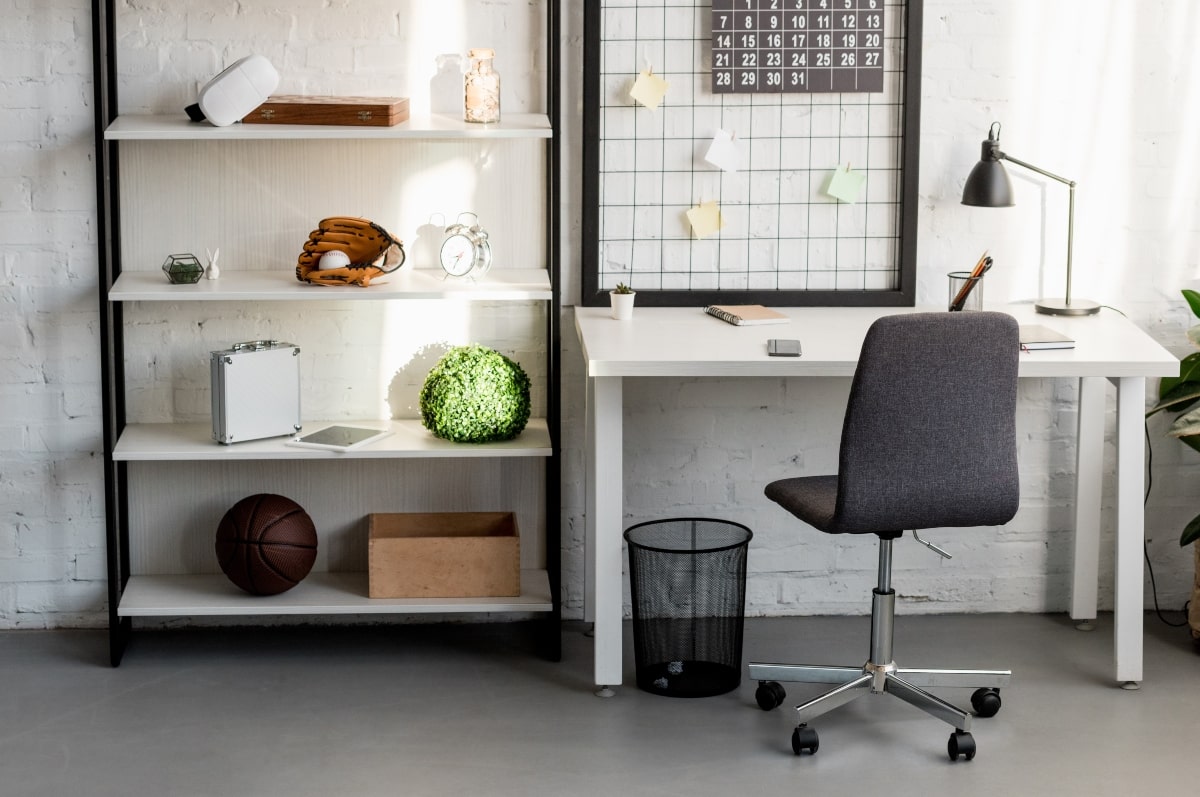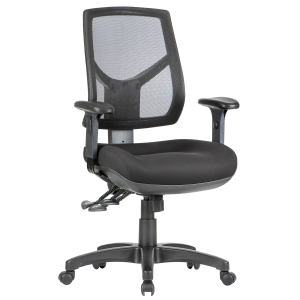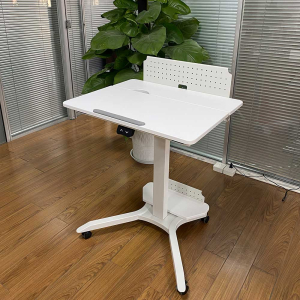Working from home has become increasingly popular in recent years, and it’s easy to see why. In addition to the flexibility and freedom it provides, working remotely can also save you money on things like dry cleaning, child care and travel costs. However, one of the major benefits of working from home is that you can claim home office expenses on your tax return.
Before you start enjoying the benefits of a home office, there are associated costs that you will need to take into account. Working from home also comes with its own challenges. One of the biggest is staying focused and productive throughout the day. A dedicated workspace can go a long way toward addressing this issue.
A desk and comfortable chair are essential for a safe and productive work environment at home. You’ll be spending a lot of time sitting at your desk, so it’s worth purchasing an ergonomic office chair and workstation set up to reduce the risk of back pain and prevent injuries. Having a separate room or quiet work area will also help you to avoid distractions and stay on task.
In addition to the cost of furnishing the space, you may need to invest in office supplies and equipment. There are also ongoing expenses like Wi-Fi, heating and electricity to consider.
Upfront costs to setting up a home office can quickly add up, but there are long term health and potential tax advantages that make it worth the investment. One of the biggest benefits is that you can claim home office expenses on your tax return. But what exactly qualifies as a home office, and what expenses can you claim?
Understanding what qualifies as a home office
It’s important to first understand the different types of home offices. In Australia, the general rule to qualify as a home office for tax purposes, the space must be used exclusively for work purposes. This means that you can’t use the space for other activities in your daily life, such as watching TV or exercising. The space doesn’t have to be an entire room; it can be a corner of a room, as long as it’s set aside as a work space.
This also applies to businesses that partly operate their business from home (bookkeeping, admin tasks), but their core business activities are conducted outside the home (such as electricians, personal trainers, restaurant and retail shop owners).
The expenses you can claim for operating your business from home will vary depending on the structure but typically include running expenses such as utilities and travel costs. If you operate a home-based business, you may also be able to claim occupancy expenses, a portion of your mortgage, rent, property taxes, and home insurance as business expenses.
On the other hand, if you are an employee who is working from home, the rules around what you can claim are much simpler. During COVID-19, working from home became the norm for many, with the government relaxing the rules around having a dedicated workspace.
As long as you are performing your regular work duties from home, you may be able to claim home office expenses.
To be eligible to claim home office expenses, there are two key criteria to keep in mind:
- If you are an employee, you must be working from home to fulfil the duties of your work – this does not include minor tasks you may occasionally do after hours such as checking emails, taking a call or ad-hoc tasks.
- You must have incurred additional costs in order to work from home – for example, you may have had to purchase an office chair or set up a home office.
Importantly, if your employer provides you use of company equipment, pays for office furniture or reimburses you, you cannot claim a deduction for that item. You can only claim a deduction for the extra costs you incur as a result of working from home.
If you meet these requirements, you may be able to take advantage of these tax deductions. But what exactly can you claim?
What home office expenses can you claim?
If you are eligible to claim home office expenses, there are two main types of expenses you can claim on your tax return: running expenses and capital expenses.
This can be broken down further into
- running costs such as heating, cooling and lighting
- phone and internet expenses
- office furniture and equipment, which are classified as capital expenses
Let’s take a closer look at each one.
Home office running expenses
These are the ongoing costs associated with operating and maintaining your home office. Running expenses include things like electricity, air-conditioning, heating and lighting.
Generally speaking, for home offices, only a portion of your energy costs, phone and internet bills can be claimed. There are a few different methods you can use to calculate this, depending on your circumstances.
Internet expenses
WiFi and internet costs can be claimed if you use your home internet for work purposes. This might include things like the cost of setting up and maintaining a website for your business. Work-related expenses such as email and web-hosting costs can also be claimed.
Phone expenses
For home-based businesses, if you have a work phone line that is separate from your personal phone line, you can claim the cost of running this service. This might include the cost of calls made for work purposes, as well as the monthly rental fee for the service.
Phone expenses may also be claimed if you use your personal mobile phone or landline for work-related calls.
For employees who work from home, you may be required to use your personal mobile to make business calls. In this case, you can claim a percentage of your monthly phone bill as a work expense.
Cleaning costs
If you have to clean your home office space as part of your job, you can claim these costs as an expense. This might include the cost of hiring a professional cleaner or the cost of buying cleaning supplies. Just remember to keep records to show that the cleaning was for your office – not the rest of your home!
Office equipment
Home office furniture and equipment that is used to fulfil the duties of your role can be claimed. This might include items like a computer, laptop, printer and stationery.
Office chairs and furniture
Ensuring your home workspace is functional is vital for your comfort and productivity. People who work from their homes permanently will already have a dedicated work area set up. However, for those who suddenly found themselves working out of the office, it’s likely your new workspace is the kitchen table or a corner of the living room.
A comfortable office chair and desk are significant investments that can make working from home a lot more comfortable and productive. If you had to buy office furniture or chairs to set up your home office, you can claim these costs.
Added benefits of investing in home office furniture
Home-based workers may experience different health and safety issues than those working in an office. Workers may be at risk of injury or back pain from using inappropriate furniture for their workspace.
While convenient as a makeshift workstation, the kitchen table and chairs in your home aren’t designed for sitting at your desk for long hours.
Ensuring you have a comfortable workspace that allows mobility and supports good posture is critical to your health and productivity at work. Investing in functional furniture for your home office, such as an ergonomic mesh office chair, will keep you comfortable and avoid back pain or injury.
In addition, you may find yourself more sedentary than you would at the office, sitting down for longer periods of time. Without the activity breaks you’d usually have in an office, such as making a coffee or meeting with colleagues, it’s easy to see how your daily activity can be impacted. The lack of mobility and inadequate work environment can potentially lead to discomfort or even injury.
One way to address this is to make time in your day to be active. Go for a walk outside, stretch or do some quick chores around the house, so you’re spending less time sitting. Adjustable or sit-stand desks are also a great option as they provide the health benefits of switching between sitting and standing, improving posture and boosting productivity.
Home office organisation and storage
In addition to office chairs and desks, you may also be able to claim expenses for other office furniture you need such as shelves or filing cabinets. You can also claim a deduction for items like lamps, which are necessary to help you see while working.
Office furniture and home office chairs are classed as capital expenses. This means you can claim a deduction for the full cost of these items – up to $300 – in the year you buy them.
For more expensive items costing over $300, you can claim a deduction for the depreciation (decline in value) of that item over a number of years.
How to claim work from home expenses
Now that we’ve looked at what home office expenses you can claim, let’s look at how you can claim them.Firstly, you need to select the method that best suits your specific circumstances.
There are three methods of claiming home office expenses:
- Fixed rate method
- Actual cost method
- Shortcut method
For those who run a business out of their home, the actual cost method is generally the most beneficial.
If you’re an employee who works from home on a permanent basis, you’ll likely find the fixed-rate method suits you better. This is because it’s much simpler to calculate, allowing you to claim 52 cents per hour you worked at home.
Shortcut method
For the majority of people who have been working from home due to the pandemic, temporary office closures and isolation requirements, the shortcut method is probably the way to go.
- The shortcut method allows you to claim a rate of 80 cents per hour worked from home, without having to calculate any actual running expenses. However, you will need to keep a diary of the hours worked at home.
- If you decide to use the shortcut method, keep in mind that this method was put in place to assist during the pandemic and you’ll only be able to claim home office expenses up to 30 June 2022.
- As you can’t claim any other expenses under this method, such as office chairs or equipment, it’s a good idea to keep records and receipts of expenses, in case you need to claim working from home deductions in the future.
For more information, the ATO has a detailed guide to each method you can use to claim a deduction for expenses depending on your circumstances.
Claim home office equipment and increase your tax return
When it comes to your home office, there are many things that can be deducted including office chairs, sit-stand and adjustable desks, filing cabinets, shelving and computer equipment.
Whether you work at home or own a business, there are many ways to deduct the cost of your office furniture and get a bit of money back at tax time.
Claiming your office furniture on your tax return will require strict records of any expenses used for business or work purposes. By ensuring you keep receipts and accurate documentation of all purchases and expenses, you’ll be in a much better position to get the maximum deductions for your home office.
Whether you’re running a business from home or have employees working remotely, creating a home office that’s comfortable and productive will make work better for everyone. For advice on how to create your perfect workspace at home, contact ARTEIL today!
This page is intended to provide general information only and does not take into account your individual objectives, financial situation or needs. You should seek independent, professional tax advice before making any decision based on this information. The Australian Taxation Office also has resources available at www.ato.gov.au/Individuals.















